Trading on Trends
Milan, Paris, New York the powerhouses of fashion. Twice each year, these cities become the center of the fashion world, as designers show off their newest creations for the coming season. The trends that debut annually on the runways of these cities will eventually influence fashion in cities the world over, as every ruffle, color and hem length is translated into the more practical designs we all wear.
And can’t the same be said for every industry? Though not quite as glamorous, every industry boasts a select few trade shows where the newest and the brightest try to dazzle onlookers with their new creations. Paving has The World of Concrete, cabling has Cable Tech Expo and floriculture is lucky enough to have a multitude of influential international trade shows. Lawn & Garden Retailer visited several of these shows over the past year to identify some of the gardening trends we can expect to influence our market in the coming years.
English Naturalism
England hosts two annual shows that define English horticulture: The Royal Horticultural Society (RHS) Chelsea Flower Show and the Spring Fair Birmingham. Both held early in the year, the Chelsea Flower Show in May and the Spring Fair in February, these shows are internationally famous for influencing England’s dedicated gardening public. While the trade is encouraged to “shop the show,” consumers are treated to immense display gardens.
And the dominant theme this year, in garden after garden, was back to nature. Plants were king at the shows, with hardscaping, seeming to take a backseat. The focus was on the “lived-in look,” and both plants and hardgoods were designed to give a sense of age and ease nothing looked deliberate or new. Evident in the use of recycled materials and the prevalence of meadow gardens, one garden at the Chelsea Flower Show featured rusting metal panels and poles along with reclaimed wood decorated with metal and nail-heads to create a path, bench and water feature.
According to Catherine Rame of England-based forecasting company Carlin International, “Rational and functional aspects of design are ‘out’. It is emotions that are breathing new life into home accessories by giving products a ‘soul’.” Rame explains that consumers are increasingly fed up with “sameness” and “mass commercialism” and are desperate to find ways to personalize what they have. She predicts that childhood memories and the “vintage look” will be the prime means for creating this feeling, and it can already be seen in the naturalistic plantings so dominant at this year’s shows.
German Education
Though one of the largest flower-consuming populations in continental Europe, the Germans are known to be far less marketing savvy than the English or the Americans. Germans are accustomed to purchasing cut flowers, potted flowering plants and even bedding plants with minimum signage and tagging. The majority of cut flowers and potted plants are bought on impulse for color or as a gift, and bedding plants are purchased in plain black or green containers under simple signs. But this year’s IPM Essen show hinted at a trend to redirect German marketing toward the kind of consumer education that surpasses what even Americans are accustomed to.
Germany’s largest floriculture trade show, IPM is held annually in Essen and attracts more than 58,000 trade visitors with almost 1,400 exhibitors. IPM, as with most European shows, differs from English shows in that it is not open to the public. Truly a “trade” show, IPM does not have the large display gardens that characterize English shows and make it easy to identify upcoming trends.
German trade shows are about products, and the prevalence of education-oriented products at this year’s show told us that Á U.S. garden centers should get ready for increased, more advanced POP offerings. More than the typical plant description and care instructions, the educational materials we saw were about ensuring success. Large banners explained how to use cut poinsettias for long-lasting (up to three weeks!) Christmas displays and heat sensitive tags that identify proper post-harvest temperature were just two of the best examples we saw.
Dutch Minimalism
This is a fairly obvious statement, but The Netherlands is a small country. Houses are small; gardens are small, but the gardening trend is huge. Despite limited space, the Dutch try to maximize their garden experience, and the Horti fair has become the poster child for Dutch innovation.
Held every year in November, the Horti Fair has always focused more on maximizing production for flower growers than on enjoyment for consumers. This is the trade show for greenhouse technology and automation how to produce more for less in a smaller space with a smaller staff. But something new is afoot at the Horti fair, and we believe it will soon make its way to the States.
Since the NTV merged with the International Flower Trade Show three years ago, creating what is now know as the Horti fair, we have seen NTV’s famous minimalism applied to the flower side. Unlike American minimalism, which tries to make less out of things, Dutch minimalism tries to get the most out of things. As I said earlier, The Netherlands is a small country, and the Dutch are accustomed to using every inch wisely. This is clear at trade shows in the ways that exhibitors merchandise their booths, building up instead of out; it is evident in the prevalence of glass containers, which show either roots in colored water or decorative mulches (see the January issue of Lawn & Garden Retailer for more information), instead of clay pots; it can be seen in the use of raffia and ornaments to decorate an otherwise plain houseplant. Dutch garden centers seem so impressive not because of the way they are designed or because of the quality of their product but because of how much more they maximize the simple things they have.
Coming to the States
None of the “trends” I have identified here are products you can buy or items you can easily add to your inventory. You don’t need to go to international trade shows to see new products; you can find plenty at local trade shows, if they don’t come right to your door.
The most important information you can get from overseas is how the industry is viewed, how businesses are run and what retail principals are supreme. Think about it: If German garden centers can use consumer education to make their customers more successful with the products they already purchase, they will get more repeat and word-of-mouth business than they would from any new fountain, hat or container. And though American garden centers are starting to catch up with their European counterparts, trends like this are worth traveling for.




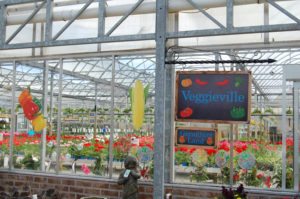
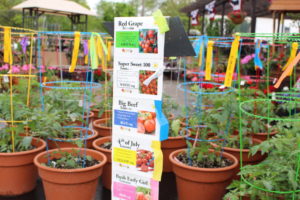
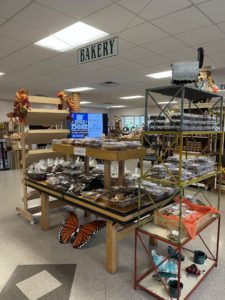

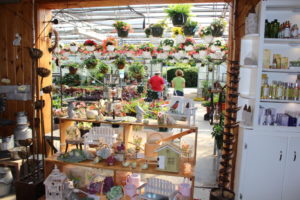
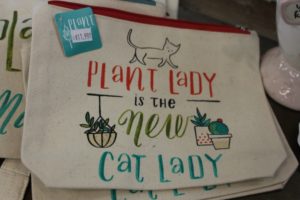
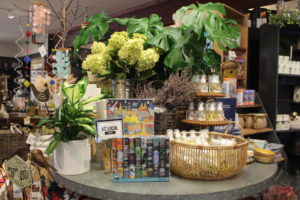
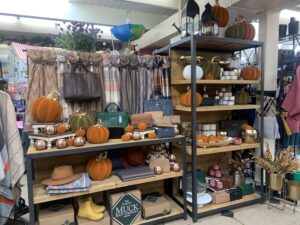


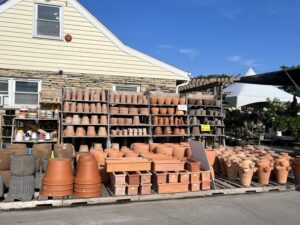
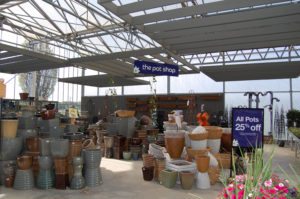
 Videos
Videos





